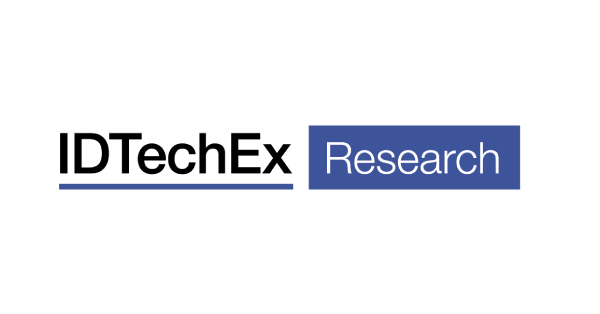IDTechEx forecast that the water electrolyzer market will grow to over US$120Bby 2033. There has been renewed interest in the development of clean and green hydrogen industries. Plans from the European Union, from the RePowerEU strategy, and the USA, from the inflation reduction act, look to increase clean hydrogen production and consumption significantly over the coming decade. This adds to ambitious hydrogen strategies from countries including Japan and South Korea. Considerable public funding is now expected to be spent on developing green and blue hydrogen production systems, infrastructure for storage and distribution, and encouraging hydrogen use.
While regional targets are highly ambitious and optimistic, they are likely to spur rapid growth in the electrolyzer and green hydrogen markets. Many companies are looking to expand their manufacturing capacities to and beyond the GW scale. By 2025, IDTechEx estimate nameplate electrolyzer manufacturing will have grown 5x compared to 2022. European companies are particularly active in their plans to expand and grow their electrolyzer manufacturing capacities, though significant investment into electrolyzer manufacturing is also expected from Chinese and US companies, while Indian and Australian players are also looking to enter the market.
Growth is expected across the three main types of electrolyzer technology: alkaline electrolyzers (AEL), polymer-exchange-membrane or proton-exchange-membrane electrolyzers (PEMEL), and solid-oxide electrolyzers (SOEL). Alkaline electrolyzers are the most widely commercialized type, with large manufacturers in China and Europe, including Auyun, LONGi Hydrogen, John Cockerill, and Thyssenkrupp, amongst many others. The more expensive PEM electrolyzers are at an earlier stage of commercialization but are expected to gain market share as capital costs decrease, as well as due to some favorable performance characteristics compared to alkaline systems, such as higher power density and greater dynamic range. Manufacturers of PEM stacks and systems are spread across China, the USA, and Europe. Solid-oxide electrolyzers represent the final main type of electrolyzer. Operating at high temperatures, they offer higher total efficiencies but are currently more expensive, have shorter lifetimes and are at the earliest stage of commercialization. Danish company Topsoe are looking to implement their SOELs alongside their alkaline offerings, aiming to have a 500 MW SOEL manufacturing site operational in 2024. Bloom Energy in the US are aiming to leverage their solid-oxide fuel cell capabilities to accelerate their entry into the electrolyzer market. In 2022, they announced their completion of a new high-volume SOEL manufacturing facility in the US. While these two companies are looking to push the commercialization of SOELs, the number of companies active in SOEL development is low compared to either alkaline or PEMEL systems.
Each of these electrolyzer types (alkaline, PEMEL, SOEL) brings its own set of advantages and disadvantages, but growth in the electrolyzer market across all three main electrolyzer types will be needed to meet the ambitious national and regional targets for green and clean hydrogen production.










































